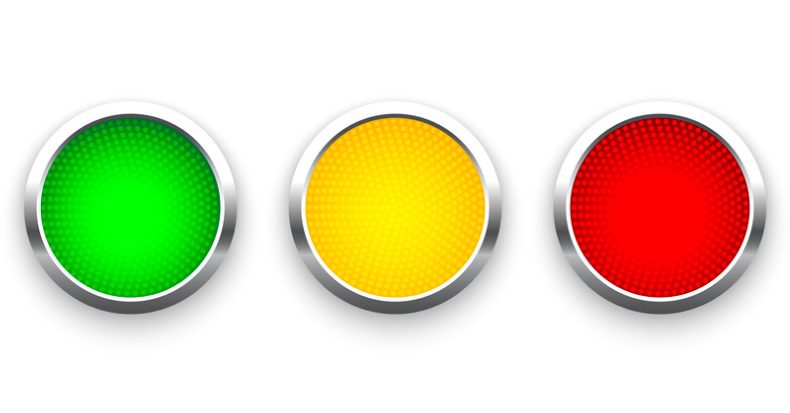The 2022 Global Burden of Disease study listed headaches as one of the most prevalent and disabling conditions worldwide, noting that more than half of adults actively suffer from headaches and nearly 5% of adults report headaches on more than 15 days per month. Because headaches come in many forms (at least 300 distinct types according to some researchers) and can be secondary to an underlying and potentially serious condition, doctors of chiropractic utilize a traffic light prognosis system when examining patient with headaches.
GREEN LIGHT: Primary and secondary headaches with musculoskeletal components. Primary headaches—a term which refers to headaches in the absence of a clear underlining caused pathology, trauma, or systemic disease—are the most common type of headache. Most often, these headaches are classified as either tension-type or migraine headaches. Secondary headaches describe headaches caused by a specific underlying medical condition (such as a metabolic disorder) or they can have a musculoskeletal origin, such as cervicogenic headache (which originate from dysfunction in the neck) or headaches associated with temporomandibular dysfunction or whiplash associated disorders. Because of the sensory input arising from the upper cervical spine, the upper neck and even the masticatory system have strong potential to play a role in the neurophysiology of both primary and secondary headaches. This explains why headaches not thought to be musculoskeletal in origin—such as migraines—can benefit from chiropractic care addressing issues present in the neck.
YELLOW LIGHT: Headaches with a strong psychological component. The current data suggests that around a fifth of migraine and a tenth of tension-type headache patients have co-occurring depression and/or anxiety. When a mood disorder is present, patients may engage in behaviors that can worsen or prolong their condition, such as physical inactivity, fear of movement, or poor coping strategies. In such cases, the patient may require co-management with a mental health professional to achieve a satisfactory outcome.
RED LIGHT: Headaches caused from a potentially dangerous pathology that requires emergent evaluation prior to the use of musculoskeletal care approaches. These are situations when headache may be a symptom of a much more serious issue like infection, cancer, or cervical artery dissection. In such instances, patients are immediately referred to emergency care before in-office treatment is provided.
If your current headache management strategy is not providing lasting relief with respect to reduced frequency, intensity, or duration, then contact your local doctor of chiropractic to see if a conservative multimodal treatment approach can be of benefit for your unique circumstances.


